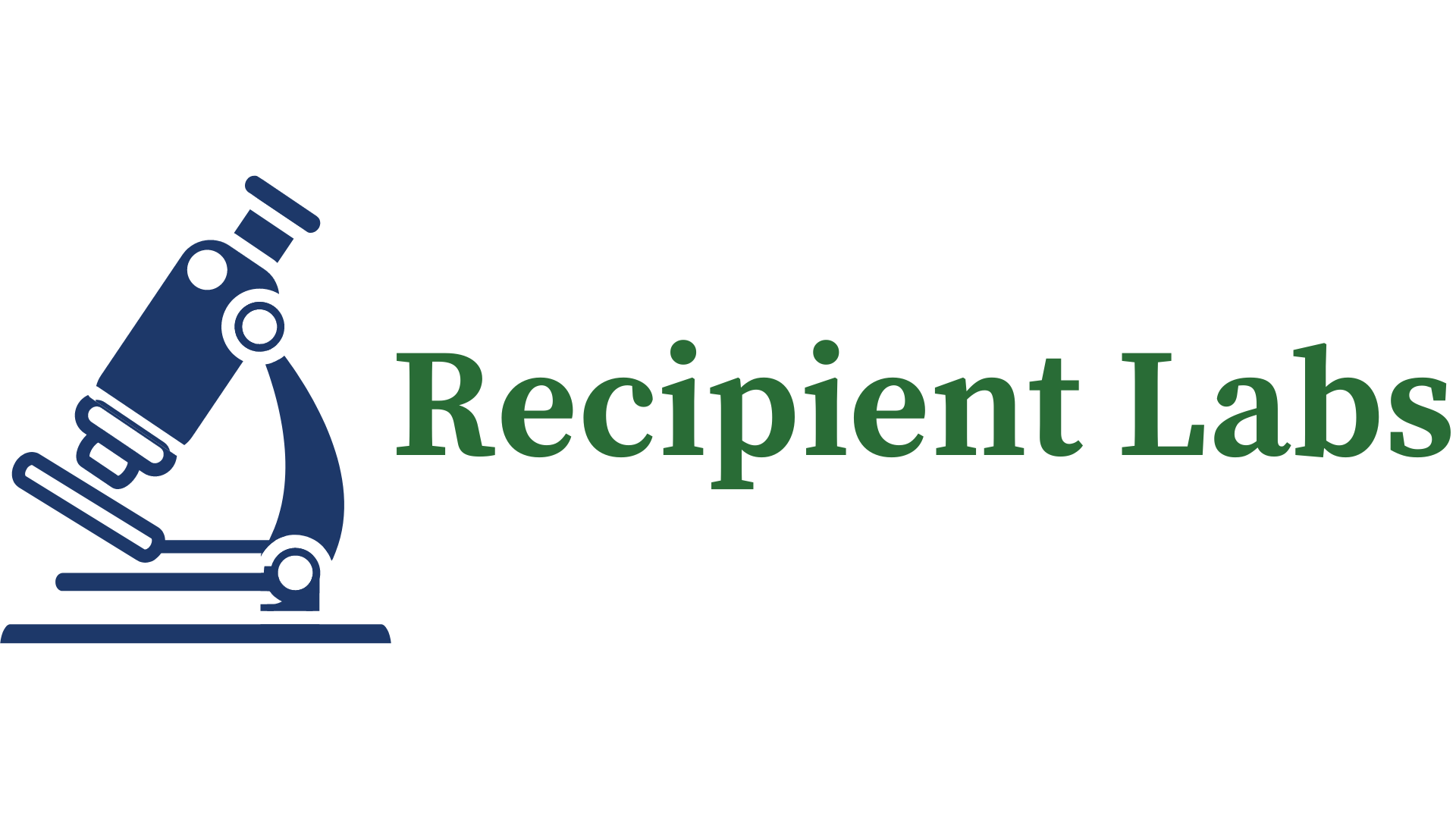There’s a great study from a university in Finland about using storytelling in B2B sales.
The study looks at an IoT (internet of things) company that was selling sensors for factory machinery, and it was also selling an upgrade where they would monitor the machines remotely and address problems as soon as they came up.
“Trying to sell the upgrade” is more like it. Sounds like the going was kind of rough at first.
You see, the customers were not confident that the problem could be solved remotely. So they were nodding politely, but not buying.
In the end, the IoT company solved the problem by developing case studies that incorporated storytelling.
This example (see screenshot) is basically “we sold you these great devices, everybody was happy, but your machine went down and threatened your production line. We identified the problem remotely and the machine went back up, so there were fewer interruptions to the other machines on the production line.”
In other words, BMG, or at least pretty close. It’s missing a few things, and the sequence is off.
For example, it’s missing the first leg, the upward one, which introduces dopamine and oxytocin (the happy hormone and the trust hormone), and that could be fixed with just a few words inserted into the first sentence. As it is, the story starts with a heavy dose of cortisol (the main stress hormone), and you don’t want that. But that’s pretty easy stuff to repair, just tweak a few words in the opening sentence to get the drugs flowing in the right order.
In other words, the raw materials of this story are all there, it’s just that the sentence sequence is off. The salespeople need a few months of coaching to make the BMG structure automatic, and then the case-studies/stories will be faster to write and the customers will like them better.
By the way, remember BMG = “boy meets girl.” Boy meets girl, boy loses girl, boy gets girl back. Insert your product or service into the end of the second leg.

